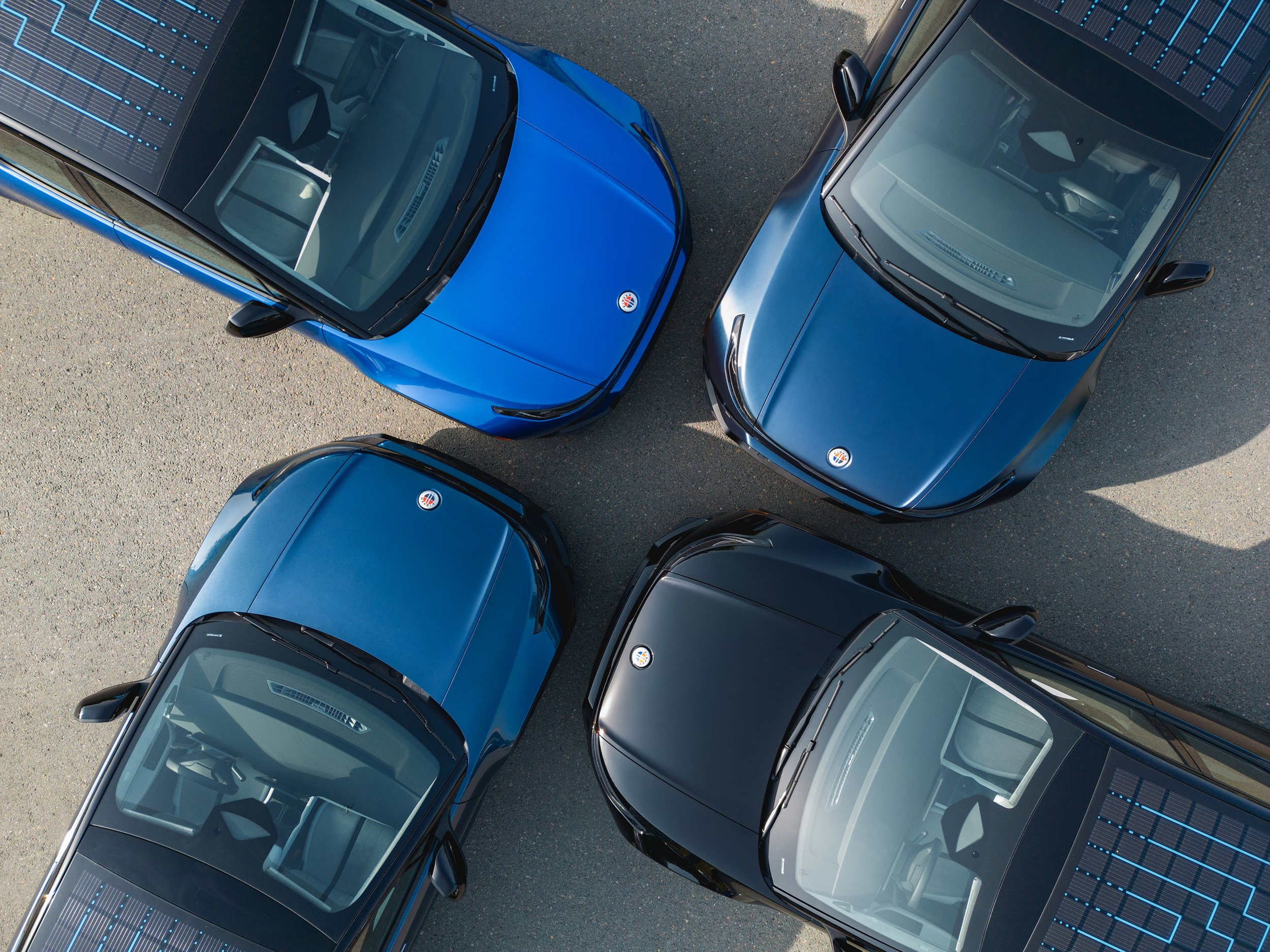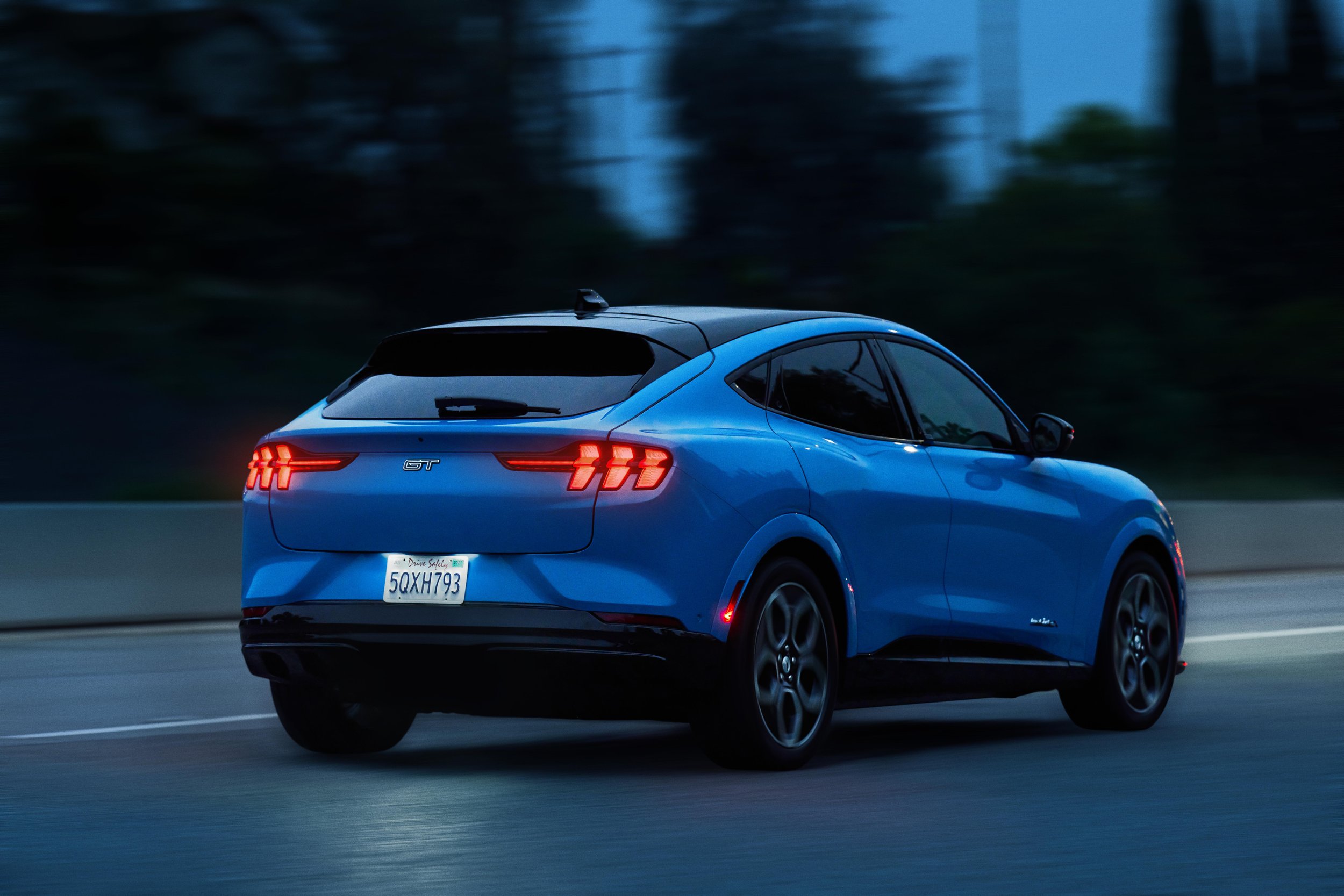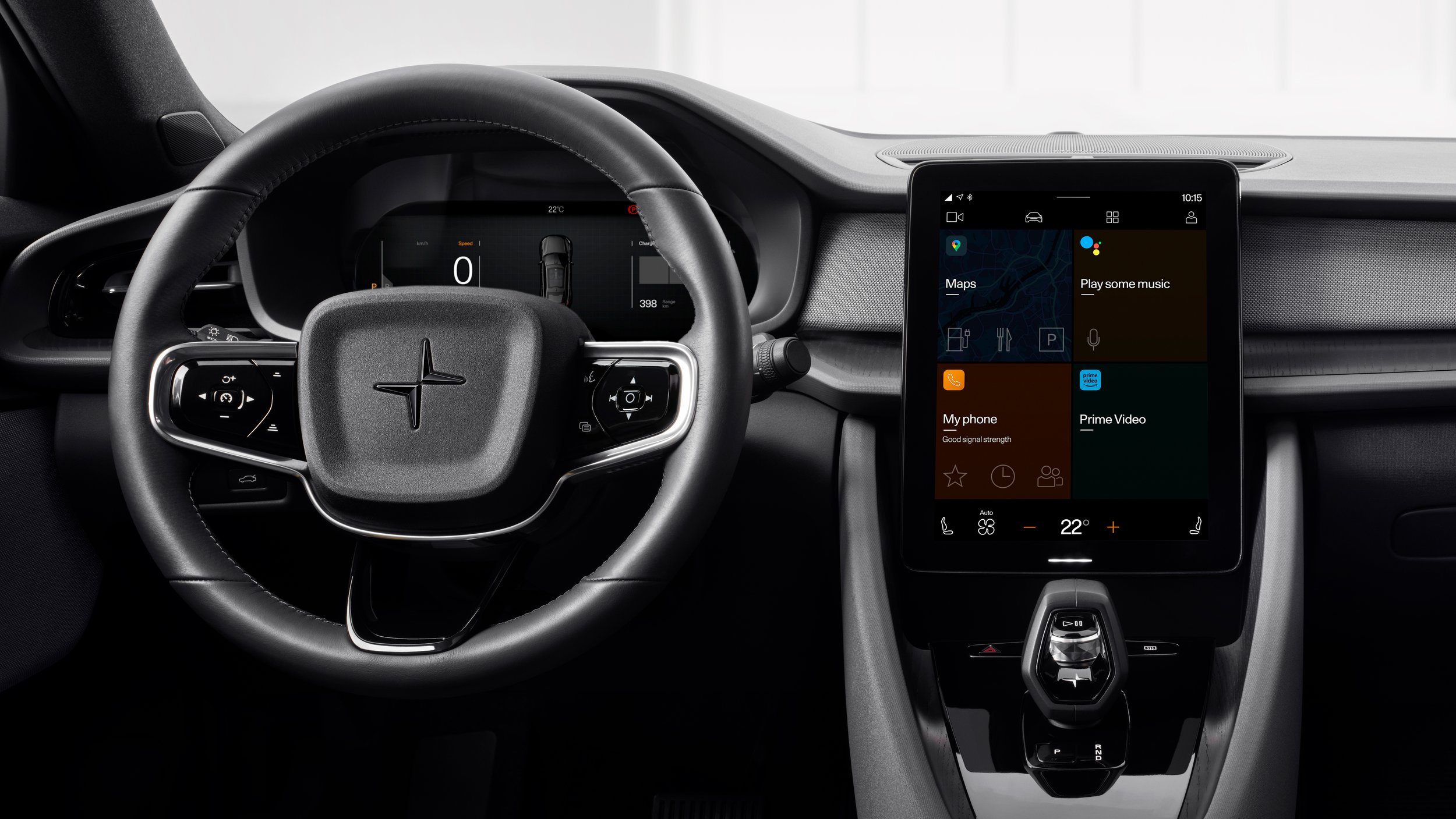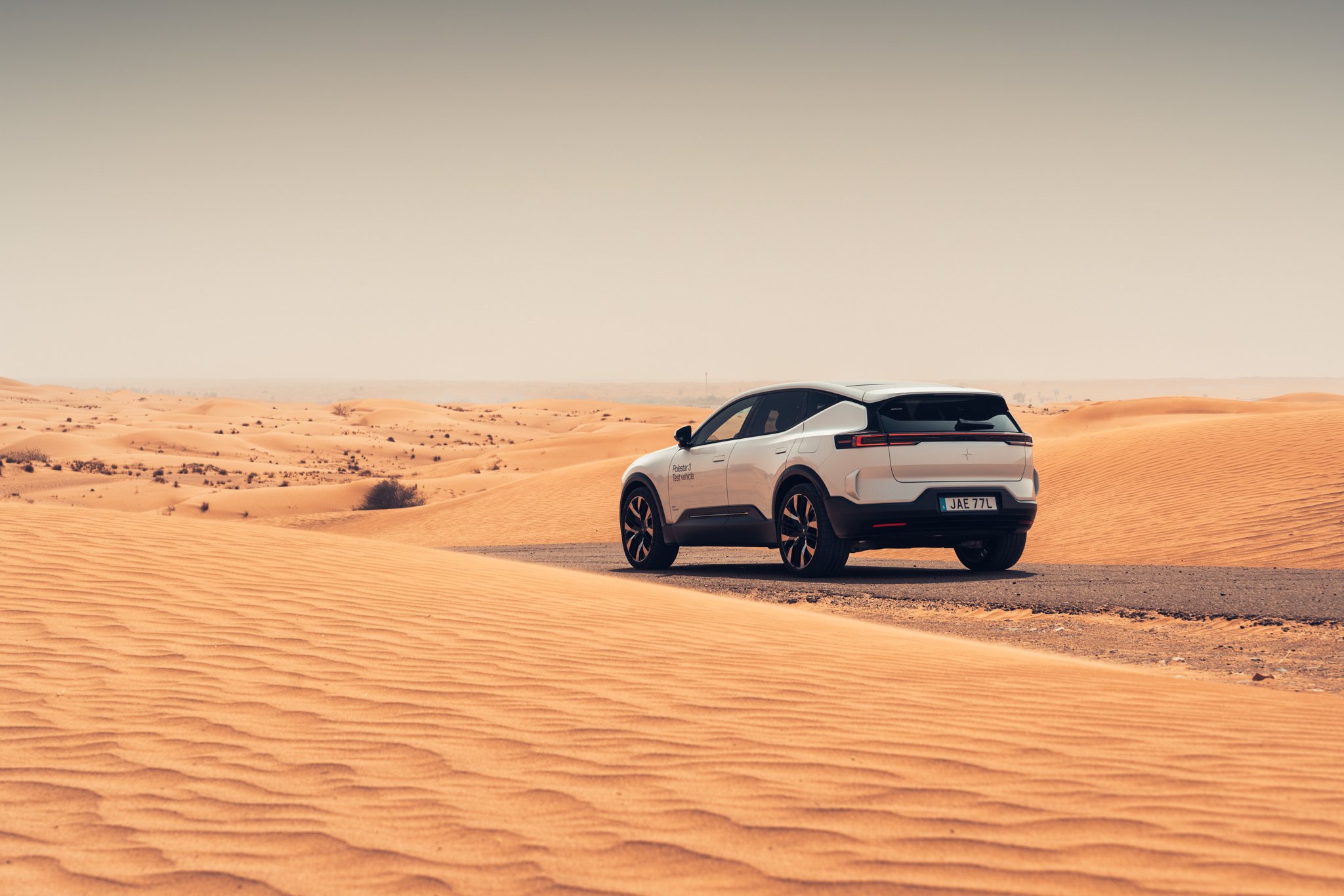Electric Slide








There is no question that sales of electric-powered vehicles (EVs) have been increasing in the U.S. for years. Although the Nissan Leaf EV was introduced in 2010, it had decent sales, but it did not flourish. With concerns about gas-powered vehicle emissions, global warming, and having much more efficient power plants, more buyers are looking for a change.
Clearly, when the Tesla sedan was introduced in 2012, and later, when a SUV and a less expensive sedan became available, EV sales took off. Undoubtedly, the good looks of their vehicles, and their relatively long driving range before recharging was needed to help boost the sales front. The availability of Tesla’s quick-charging stations was also added to the equation.
Also, part of EV demand is the effort by various state governments to ban gas-powered vehicle sales in 2035. With these signals, both traditional manufacturers and new ones began to produce more EVs.
Many of the traditional car makers have introduced electric-powered versions of their existing money-making models. Ford, Chevrolet and Ram trucks now have and will have EV models. Even traditional high-performance sports models have or will have EV versions. Interestingly, Ford introduced a Mustang EV SUV model, and shortly, Chevy will have an EV-enhanced Corvette.
Among the luxury manufacturers, both Mercedes and BMW have an extensive new lineup of EV sedans and SUVs. Mercedes has numerous EV sedans, SUVs and convertibles, all with a capital E in the model designation. Similarly, BMW announces its EV-powered models as part of the designation. Audi, Jaguar, Cadillac, Lincoln and other luxury makers also have or will have EV models.
Toyota and other Japanese manufacturers are moving more slowly into the EV market because of their reliance on hybrid models. But they, too, will be jumping on board since they have no choice given the upcoming deadlines. The Korean producers, Kia, Hyundai and Genesis, have a fairly large number of EV-powered SUVs and cars.
Perhaps more interesting is the introduction of brand-new EV makers, undoubtedly because of Tesla’s success. Initially these new entrants feature special vehicles. Rivian does have both: a four-door pickup truck and four-door SUV. These models have two or four electric motors and are very fast, and some have a range of 410 miles before a recharge is needed. And their styling is distinctive with long and very narrow headlights.
On the other side of the equation is the low, aerodynamic, and sexy looking Lucid sedan. One of its sub models has a range before a recharge is needed of 516 miles. Fisker, another new EV maker, has the low-cost Ocean SUV with decent range before a recharge.
Vietnamese auto company VinFast is coming to the U.S. market and will have a factory in the U.S. Besides traditional gas-powered models, this new player will have two EV SUVs ... the VF6 and VF7 with reasonable recharging ranges of about 250 miles.
Another dedicated EV vehicle maker is Polestar, which is a division of Volvo. At the moment, Polestar has a SUV and sedan. But expect more models from this maker in the near future.
The writing is on the wall: EVs are taking over the automotive world. Besides the old-time car makers, this revolution is bringing in new players. That means more competition, more models for the consumer to choose from, and hopefully, lower prices on every front.
